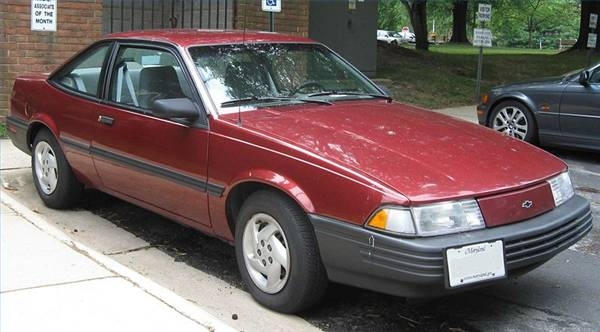
Replacing the radiator on your Chevy Cavalier is not too difficult, but you may have to disconnect or remove several components-depending on your vehicle model-in order to lift the unit out of the engine compartment and install the new one. These steps will help you to change the radiator. The guide applies to the 2002 Cavalier, which is similar to other models.
Disable the air bag system if your Cavalier model is equipped with one. This will prevent you from accidentally triggering an impact sensor. Consult your car owner's manual if necessary.
Place a drain pan underneath the radiator and open the radiator drain plug-located to the right or left of the unit, depending on engine model-to remove the cooling mixture from the system.
Remove the hood latch, latch bracket and headlamp assemblies if necessary to make room for radiator removal. Use a wrench, ratchet and socket and Phillips screwdriver.
Remove the cooling fan and mounting bolts from the top of the radiator using a wrench or ratchet.
Lift the front of the vehicle using a floor jack and safely support it on jack stands. Remove the clamp securing the lower radiator hose to the radiator using rib joint pliers or screwdriver-depending on type of clamp. Using your hand, slightly twist the end of the hose from side to side and then pull the hose off the radiator. Remove the upper radiator hose using the same procedure.
Disconnect the lower and upper transmission oil cooler lines using a tube wrench to avoid damage to the lines and nuts.
Disconnect the hose clamp of the over flow tank at the radiator using pliers or Phillips screwdriver and pull the hose free. If your Cavalier model has a condenser attached to the radiator, remove the mounting screws with a Phillips screwdriver and lift the radiator assembly from the engine compartment by hand.
Set the new radiator in place. Install the condenser if removed, the over flow tank hose and the lower and upper transmission oil lines.
Connect the lower and upper radiator hoses and secure them with the clamps. Install the radiator upper mounting bolts, cooling fan, hood latch and bracket and head lamp assemblies if you had to remove them. Lower the vehicle.
Fill the cooling system with 50 percent of new antifreeze and 50 percent water. Reconnect the air bag system if equipped.